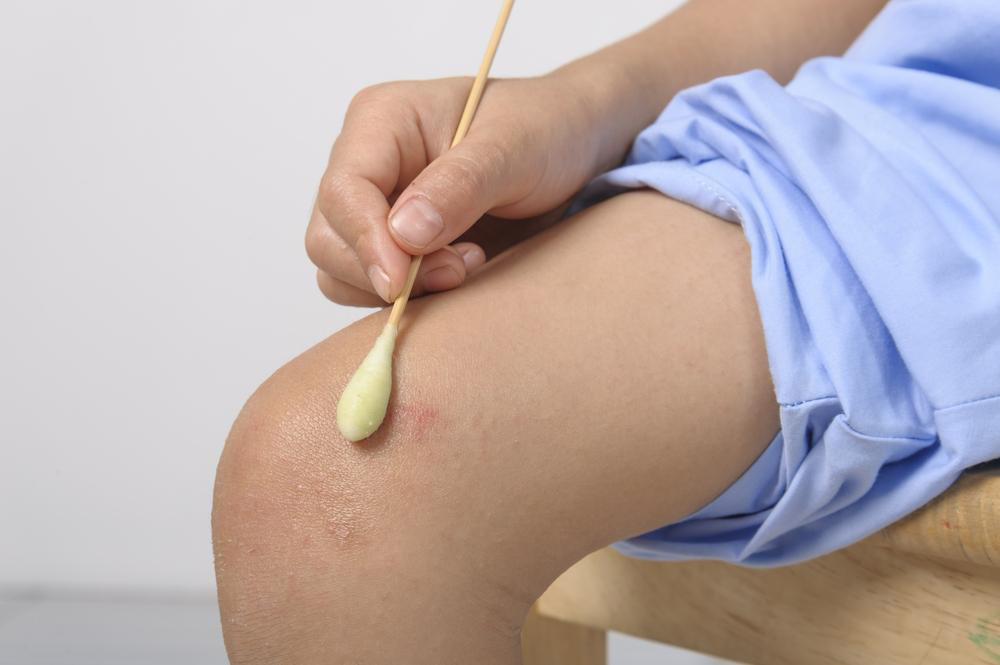Comprehensive Strategies to Relieve Sciatic Nerve Discomfort
This article explores effective ways to treat sciatic nerve pain, highlighting natural remedies like chiropractic care, yoga, and massage, as well as medical options such as surgery. It emphasizes the importance of proper diagnosis and professional consultation for managing sciatic discomfort, which affects many individuals worldwide. The guide provides practical tips and treatment insights to help sufferers regain mobility and reduce pain severity, catering to both acute and chronic cases for optimal recovery.

Comprehensive Strategies to Relieve Sciatic Nerve Discomfort
Sciatic nerve discomfort, often described as pain or irritation along the sciatic nerve pathway, affects many individuals worldwide. Approximately 40% of people may experience symptoms at some stage in their lives. The nerve originates from the lower spine and runs down each leg, splitting at the knees to supply the feet.
Understanding the root cause of sciatic pain is essential before starting treatment. Any condition that compresses or inflames the nerve can trigger discomfort, typically felt in the back of the thighs or buttocks.
The severity of pain varies based on the pressure applied and individual health. Symptoms range from mild discomfort to burning sensations, stabbing pain, or significant weakness. In severe cases, numbness, tingling, and muscle weakness may occur, worsened by prolonged sitting, standing, coughing, sneezing, lifting, or twisting.
Types of sciatic pain
Sciatic discomfort can be classified into two main categories based on how often and how intensely it occurs.
Acute sciatica — Sudden onset, often resolving quickly.
Common treatments for acute sciatica include over-the-counter medications, light exercises like walking and stretching, alongside hot and cold packs targeting affected areas. Self-medicating should only follow proper diagnosis to identify the cause of pain.
Chronic sciatica — Long-lasting pain requiring ongoing treatment. Accurate diagnosis from a healthcare professional is necessary to distinguish sciatica from other conditions. Management may involve physical therapy, psychological support, and pain relief medications.
Treatment Strategies for Sciatic Nerve Pain
Every individual experiences pain uniquely, from mild to severe. Since chronic pain can impair daily life, professional medical intervention is often needed to manage symptoms effectively. Treatments fall into natural and medical approaches.
Natural Remedies for Sciatic Relief
These approaches are generally recommended for persistent cases or those preferring non-pharmacological methods. Their success depends on proper application and personal response. Popular natural options include:
Chiropractic adjustments — Correcting spinal misalignments can decrease nerve pressure, alleviating pain. X-ray examinations help identify problematic discs. Many patients experience significant improvement with chiropractic care, including reduced duration and intensity of pain.
Yoga and stretching — Carefully selected moves can ease stiffness and inflammation. Yoga improves flexibility, relaxes tense muscles, and supports back health.
Massage and acupuncture — Traditional acupuncture stimulates energy channels, reducing pain, while massage enhances blood flow and relaxes affected muscles, promoting healing.
Lifestyle modifications like limiting prolonged sitting, engaging in frequent movement, and performing specific isometric exercises can help maintain mobility. Applying heat or cold packs for 15-20 minutes and taking warm baths can also relax muscles and relieve discomfort.
Medical Intervention for Sciatic Pain
Medications may only mask symptoms temporarily. More definitive treatments include surgical procedures such as lumbar laminectomy, which enlarges the spinal canal to reduce nerve pressure, or discectomy to remove herniated discs. Proper diagnosis through medical evaluation is crucial before selecting treatment options, emphasizing the importance of consulting healthcare professionals promptly.










